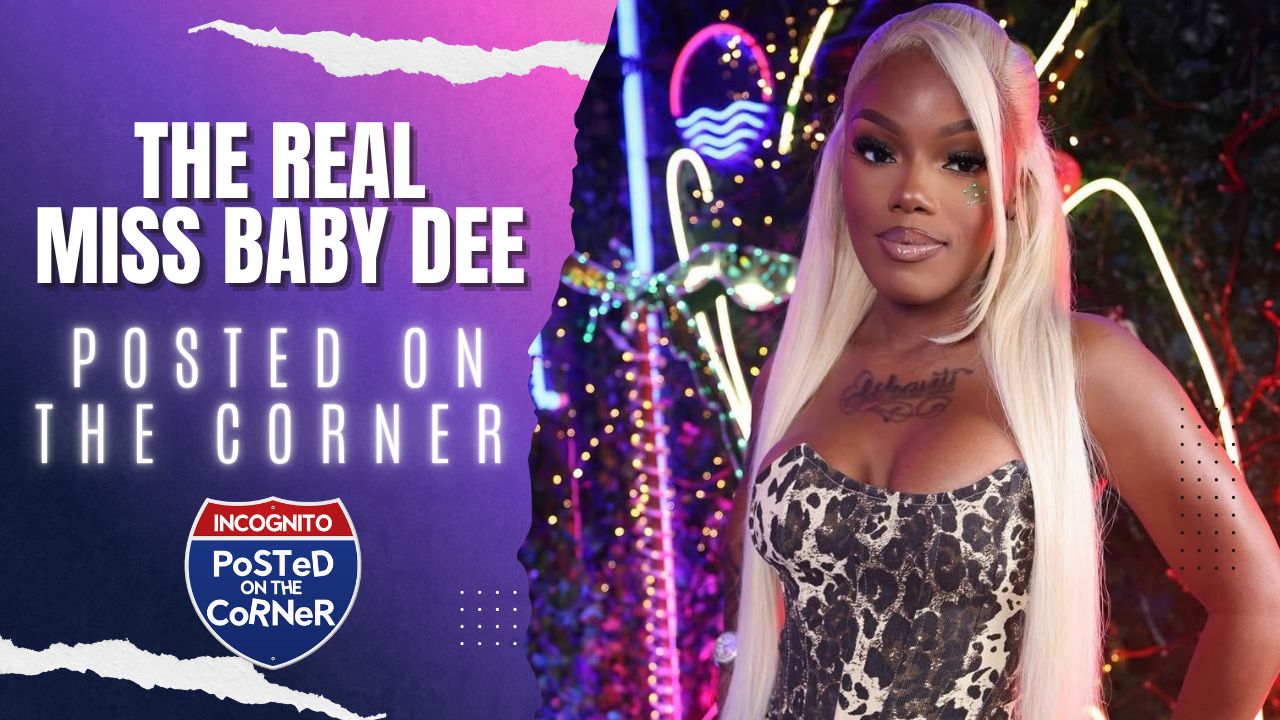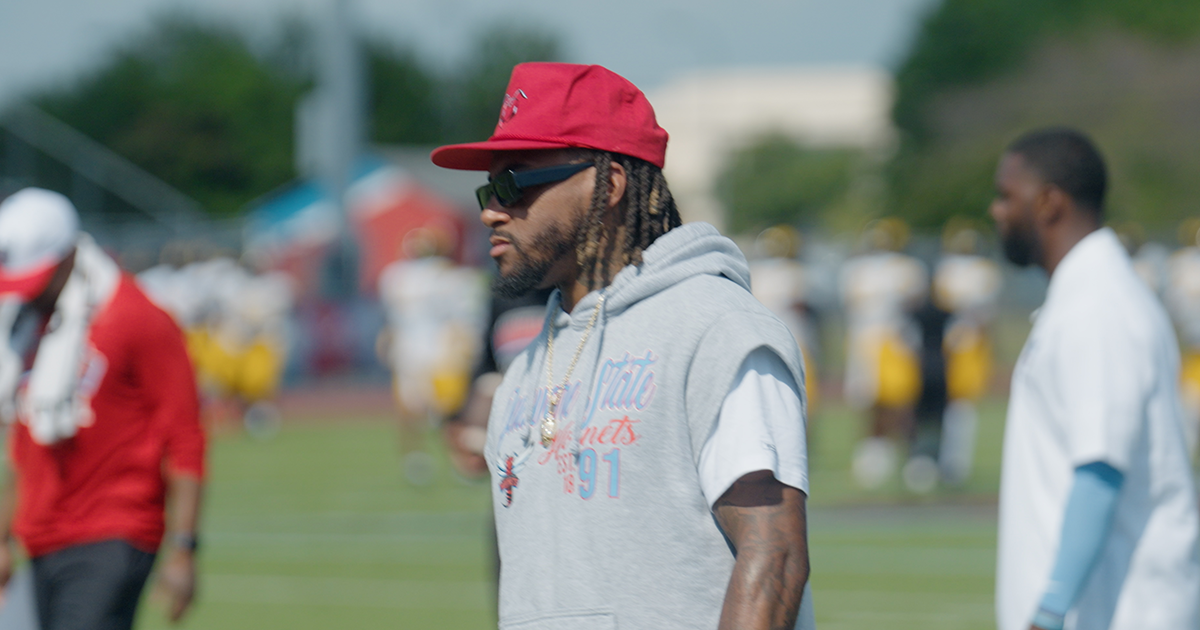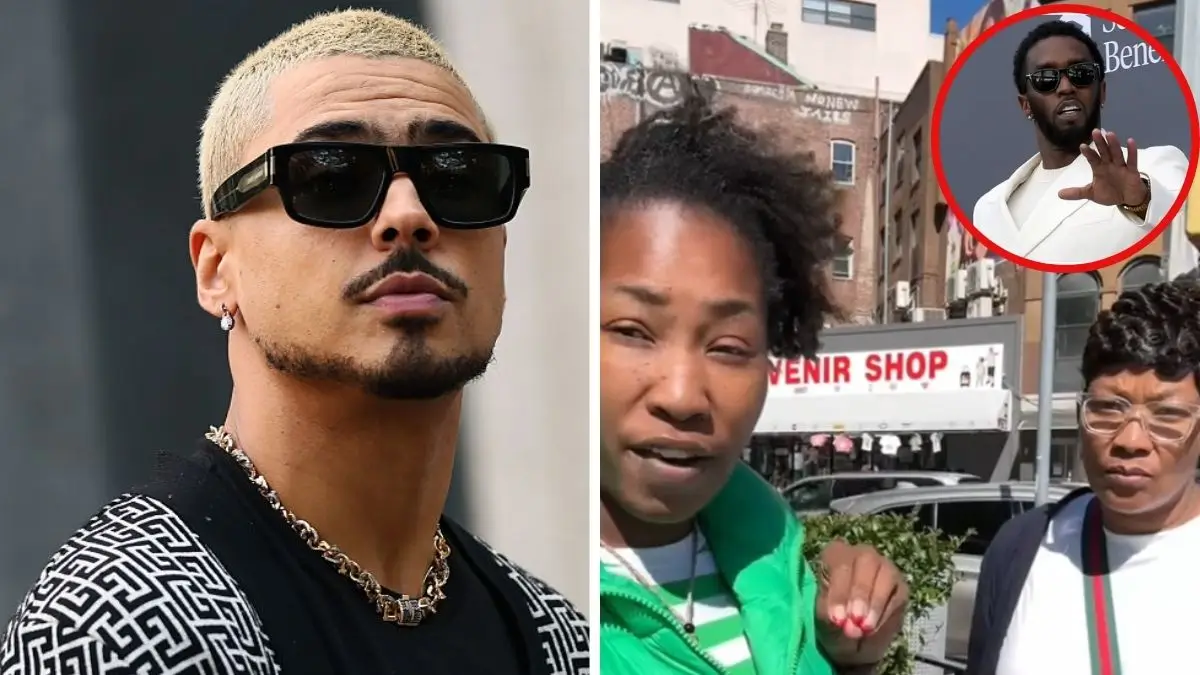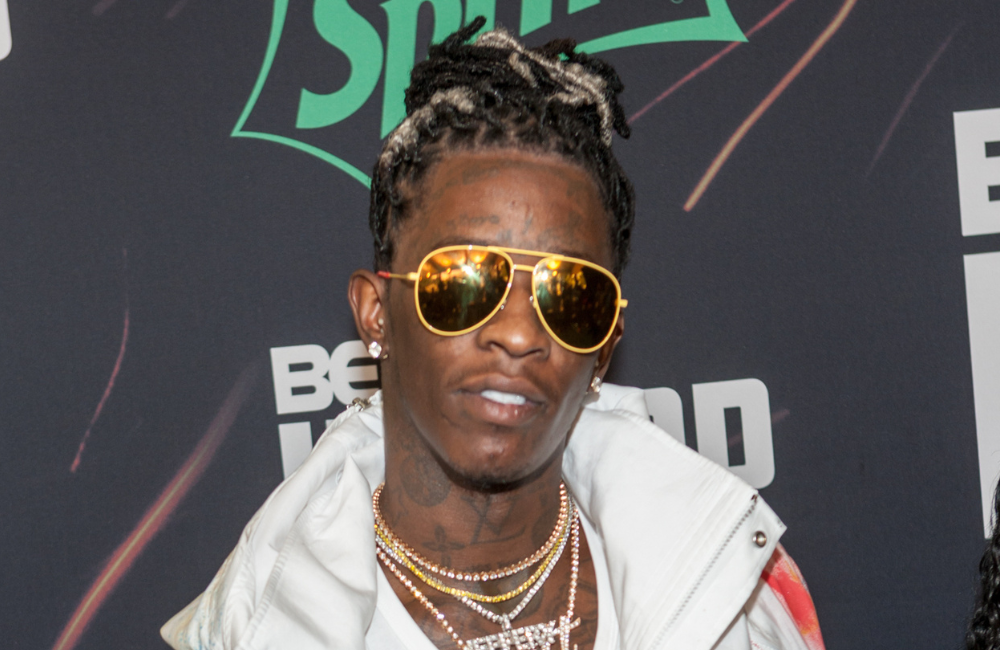Editor’s notice: The next article is an op-ed, and the views expressed are the creator’s personal. Learn extra opinions on theGrio.
In Questlove’s fascinating new e-book “Hip-Hop Is Historical past,” he rewrites hip-hop historical past to his personal specs. It’s thrilling to learn a extremely considerate hip-hop historical past e-book written from the attitude of an elite practitioner who’s additionally a superfan and a historian. One of many first concepts that jumped out at me is how Questlove views hip-hop historical past: He marks 1982 as a important juncture but additionally believes that each 5 years, there’s a big change within the tradition, sufficient to mark a brand new chapter within the style. I needed to look deeper and see what occurred in these change years to grasp what Quest is saying.
1982 was a vital 12 months marked by the discharge of two landmark singles — “The Message” by Grandmaster Flash and the Livid 5 and “Planet Rock” by Afrika Bambaataa & the Soulsonic Drive. With these two songs, hip-hop shortly grew extra critical as a political drive and as a dance-music drive. These songs additionally had extra of an epic scope than lots of the songs that arrived earlier than them. At this level, the tradition was starting to develop from a small New York subculture right into a New York subculture that’s seen by a lot of the nation.
By 1987, hip-hop was nonetheless a rising subculture however it’s clearly nationwide, and as a complete, it’s much more advanced than it was 5 years earlier. This was the 12 months that gave us the debut albums of Public Enemy, Boogie Down Productions, and Eric B. and Rakim. That group confirmed us how the music had grown much more political with MCs appearing like they’re activists or spokesmen for the Black group. Rakim additionally marked a brand new zenith for the complexity of MCing. ’87 additionally gave us the debuts of Ice T and N.W.A and the main label debut of Too Quick. The rise of the West Coast, particularly California from L.A. to the Bay. Now hip-hop was not a New York factor.
Really useful Tales
This was an period the place it mattered the place you had been from as a result of your fatherland formed the sound of your music and the small print in your rhymes. It was straightforward to inform the distinction the place an artist or a gaggle was from by the sound of their music. This was a time when, as Chuck D famously mentioned, rap is Black America’s CNN, as in, it was a manner for artists to speak nationally in regards to the issues of their neighborhoods and the tradition there as properly, thus giving the remainder of the world a approach to peer into Compton or the Bronx or wherever you had been from.
By 1992, hip-hop was shifting towards changing into the dominant music tradition in America, and in some ways, the sound of ’92 was completely totally different from the sound of ’87. In ‘92 the most important charting songs of the 12 months had been “Leap” by Kris Kross, “Leap Round” by Home of Ache, and “Child Bought Again” by Sir Combine-A-Lot. These had been tremendous pop songs made for the membership with no political intentions by any means. On the similar time, ‘92 gave us Dr. Dre’s monster album “The Power” in addition to the debuts of the Pharcyde, Gang Starr, and Pete Rock and C.L. Easy. This represented MCing changing into extra subtle and likewise extra refined. The place Chuck D, KRS and Ice T had been virtually shouting on the mic, Snoop, Guru and C.L. gave us a method that was a lot nearer to speaking than yelling.
1997 was dominated by Puff Daddy (now Diddy) and the Unhealthy Boy Data household of artists. The Infamous B.I.G.’s “Life After Loss of life” was the most important hip-hop album of the 12 months. Additionally within the prime six largest hip-hop albums of the 12 months: Puff’s “No Approach Out” and Mase’s “Harlem World.” Unhealthy Boy produced half of the six largest hip-hop albums of the 12 months. And the most important songs of the 12 months included “Can’t No one Maintain Me Down,” by Puff and Mase, “I’ll Be Lacking You” by Puff and Religion Evans, “Hypnotize,” by Huge, “Mo Cash, Mo Issues,” by Huge, “Feels So Good” by Mase and “All Concerning the Benjamins” which is credited to Puff however was really made unforgettable by Huge, the Lox and Lil Kim.
I used to be deep within the N.Y. membership scene again in ‘97, and it was regular to be at a membership the place the DJ was taking part in a string of Unhealthy Boy information, bounce in a cab the place the radio was taking part in Unhealthy Boy information, after which stroll into one other membership the place the DJ was already within the midst of taking part in Unhealthy Boy information. This was an period of epic celebration information meant for the golf equipment that had been constructed on simplistic samples. However this was additionally an period marked by post-battle sobriety: After the Pac vs Huge battle ended of their deaths, the tradition was very delicate about not having that occur once more.
2002 marked one other sharp shift — it was the 12 months of Eminem and Nelly. It was the rise of the Midwest as a dominant drive. The largest songs of the 12 months had been Eminem’s “Lose Your self,” “With out Me,” and “Cleansing Out My Closet” and Nelly’s “Scorching In Herre” and “Dilemma” by Nelly that includes Kelly Rowland. Eminem’s limitless trolling was compelling and hysterical but additionally, he’s the flag-bearer for an more and more conventional type of hip-hop targeted on beats and rhymes as Nelly was main a motion to mash up hip-hop and R&B, making a sound that was extra radio-friendly and extra crossover-friendly. Different gigantic information this 12 months included Fats Joe’s collab with Ashanti “What’s Love” and Cam’ron and Juelz Santana’s R&Bish smash “Hey Ma.”
And on and on. We do see a big distinction within the sound of hip-hop each 5 years. Quest even notices that every period has a dominant drug that shapes it — he says hip-hop blossomed in disco’s cocaine period. 82-87 is formed by malt liquor, 87-92 by crack, 92-97 by marijuana, 97-02 by ecstasy, 02-07 by sizzurp and so forth.
Absolutely there are different necessary cultural markers that this construction doesn’t acknowledge like, say, the rise of Run-DMC, the rise of the South, and the influence of gangsta rap, however I like the best way Quest views hip-hop as one thing that’s continually altering and total, I’m loving his e-book.
Toure is a number and author at TheGrio. He hosts the TheGrio TV present “Masters of the Recreation,” and he created the award-winning podcast “Being Black: The ’80s” and its upcoming sequel “Being Black: The ’70s.” He’s additionally the creator of “Star Tales” and the creator of eight books, together with “Nothing Compares 2 U an oral historical past of Prince.” He additionally hosts a podcast referred to as “Toure Present.” He’s additionally a husband and a father of two.















